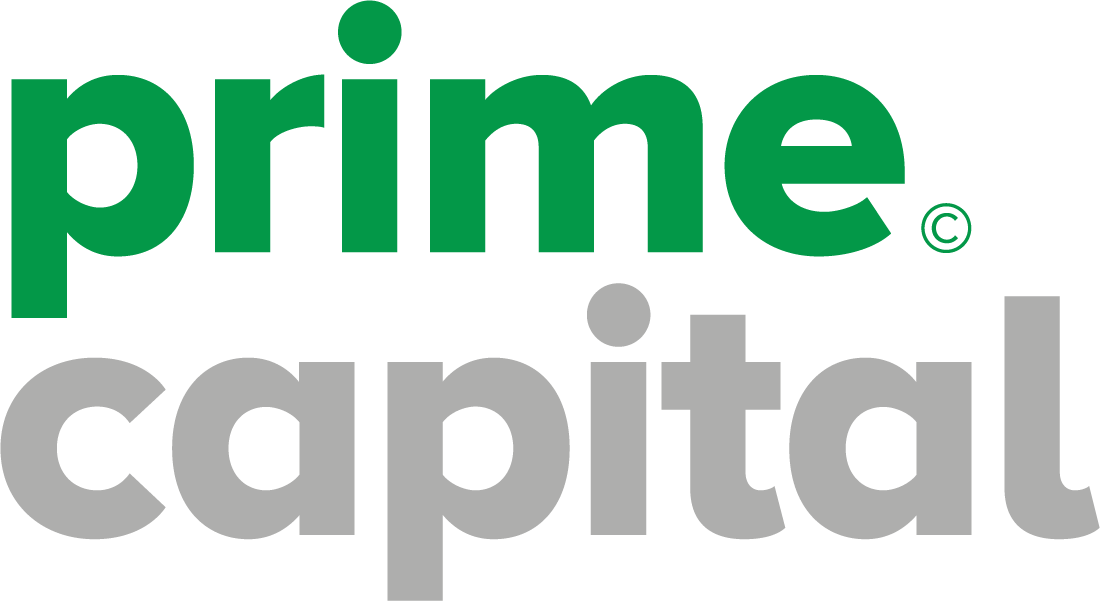It’s been a while since I wrote for our blog.
I’ve been consumed by the work of dragging our company into its Fintech future. I started this article a year ago, and it turned into a slightly longer post, so I’ve broken it into two parts – hey, we’ve entered the age of short attention spans, right? 🙂
I’ve been pondering the art of relevance in the age of tech-enabled, on-demand convenience.
I’ve always been interested in technology-driven change.
In high school, as personal computers entered into our every day life, my dad and I designed a program to help our basketball coach track stats and build strategies for the team. Our school boasted BOTH card readers and TRS 80’s in the school lab (big time leading edge…..lol ) and I spent a lot of time there.
After University, hired at my first full time job, I applied for my first personal loan. Others bought cars or went on trips: I bought a portable computer. My dad had to co-sign for me because it was nearly $4000, a small fortune in 1986, and more than twice my monthly salary.
The computer I had my eye on was no lightweight – it was a glorious 23 pound Zenith with a 20MB hard drive and a floppy drive. Luggable was probably more apt than ‘portable.’ But by contrast with the mainframe computer that ran my employer’s business operations, it was a revolution.
I was possibly the geekiest, (only redeemed by the fact that I also rode a motorcycle to my first day of work) person at our company.
I started building a client database using the 1986 version of Maximizer. My sales manager couldn’t understand how I was going to reach my goals sitting behind a computer – “get on the road” was his frequent admonishment.
It wasn’t long before our sales team adopted Maximizer. (It was a while longer before the mainframes were retired.)
I was also , by virtue of the same business, the first of my friends to own a cellular telephone. Mine came in a 8x6x5 bag with a shoulder strap (also, luggable) and plugged into the lighter (remember those? My Gordon Gecko version came much later).
It’s probably not really a surprise that I married a guy who is self taught in computer programming, and that one of my daughters is getting her education in the same field.
Convenience and Connection
Today my business travel takes me away from home – but not from the comforts, or from being connected.
Heading to the airport to catch my flight to Toronto, I ordered a rideshare service on my cell phone and streamed my favourite tv series while I waited. I wished my friend happy birthday on Instagram and Snapchatted my daughter to say goodbye.
My future (potential) grandchildren may not even know what a tv is. They certainly won’t understand how a computer could require its own significant, air conditioned real estate in the office.
Last month, I purchased a solar powered pump for my garden pond online while sitting in my garden, and browsed for a custom 23rd anniversary gift for my hubby created by an artisan out of Seattle.
Back then I would call my friends from their driveway, just for fun. Today, our business phones are virtual and infinitely scalable. For our kids, the fact that their devices make and receive calls is merely an incidental feature.
Today, I can work from wherever I happen to be (pros and cons to this innovation, of course).
My clients message me, text me, email me and my work would be impossible to accomplish, at least at the volume and pace that is expected today, without these tools.
30 years into my career, now. Like so many other industries, financial services is grappling with lightning fast evolution (is that an oxymoron?) , both in the availability, service and distribution of money.
Finance has changed very little in 3000 years.
Since the first Mesopotamian corn merchant allowed his clients to have ‘credits’ towards purchases, lenders and borrowers continue to make contracts that transfer wealth from one to another, and return a premium on that wealth to its original source at a later date. On a variation, if you practice Islamic Finance, that premium is considered an exchange of the future profits of the outcome of the loan, and no interest can be included in the agreement.
Not a significant amount of diversity for a reasonably large, complex planet.
We no longer weigh and physically exchange currency or its equivalent. We use digital forms of currency facilitated through technology platforms. This revolutionizes the interface (ie digital bank versus live human teller), but not the underlying lending practice itself.
It’s still the same old framework (admittedly, faster and sexier).
Lenders assess risk, determined by a reasonably fixed set of criteria. (for example, Paypal imposes ‘lifetime’ dollar risk limits backed up by access to your bank account).
Your ability to get access to capital is dependent in large part on rules set by the lender, and influenced by how your behaviour aligns with those criteria.
Consider this example. If you borrowed your neighbour Jack’s tools and return them damaged – Jack’s not likely to lend them next time. Treat them well and you’ll leave a good impression. Jack might even tell your other neighbour that you’re a trustworthy tool borrower – or warn her off that loan.
Your financial behaviour is known by a fixed set of people, namely the institutions that deal with you, and the credit scoring agencies, the lenders’ version of Jack, to whom they provide feedback. There are documents, people, multiple pieces of information that form the decision making criteria.
Your Past predicts your Future
As a lender, I believe access to capital is critical to society – without some ability to transfer wealth for growth and improvement, the haves would remain haves and the rest of us……well, we’d still be miserable groveling peasants. I’m confident that the world wouldn’t be improved by more poverty and less wealth distribution. Lending practices encourage that distribution in a world where resources are scarce and can be easily hoarded.
I’m not an economist, but I know that wealth distribution through lending enables citizens to build, create, grow and generate, which promotes a healthy economy with more wealth to distribute, and so on.
But in finance, there are still relatively few players that control that distribution. Of the 13 top Canadian companies by market cap, 5 of them represented Canada’s top 5 banks – and the top 3? All banks, representing about $290 BN in value. (oil, rail and telecommunications companies rounded out the top 10 list- all commodities that also enable economies.)
Today we crave customization – but standardization has been the root of growth
Standardization allows trade across geography and culture.
The standardization of rail gauge allowed the rapid expansion of rail and enabled safe, reliable transportation of goods much in the same way that standardized financial practices allows the safe, reliable movement of capital.
The centralized, standardized system used in Canada for processing payments through financial institutions, for instance, is ubiquitous, proven and reliable. But modifying it is slow, inagile, and complex.
Enter Blockchain and seamless digital instantaneous, trackable, transparent-legacy payment transfers. Electronically sign your new home purchase and mortgage agreement. Fully digital auto loan agreements executed from the dashboard of your car.
Blink, and something has changed.
At our company, we enable clients’ growth by financing equipment which has been done more or less the same way for the last 30 years. A single customer leases, say, a forklift for their fleet – pays monthly for it,; but may not use it all the time. Now, individuals can put their owned equipment into a virtual rental pool and improve its utilization. This means fewer pieces of equipment may potentially be sold – but that which is out there will earn its keep a little better.
Which camp are you in –IOT, or Privacy?
The Internet of Things where the world’s devices communicate 24/7 and Big Data, Orwell’s nightmare, fully engage the possibilities – but the flip side of the virtual coin is the change to our concept of privacy.
Lenders aspire to a balance between trust and certainty. Lenders grant capital in good faith based on good information provided by Jack the tool borrower, but also structure those loans based on statistical data to protect against bad outcomes. In our industry, we use tried and true methods for making lending decisions, and use longitudinal results to defend our strategies and rationale. The markets from which we access capital to lend, demand rigour, fraud protection, and , probably like yours, profitability.
But time, which used to be the financial institution’s friend in proof of concept, is becoming our enemy.
Iteration of on-demand credit platforms, instant payment, electronic contracts and a plethora of new market hopefuls push our digital comfort and evolution time frame way out of shape.
Sure, we’re adapting. And, big data helps us make better decisions by making the iteration of our algorithms easier and speedier.
Agility, and resilience to adapt, keep us relevant, but it takes information to be agile.
There remain some regulatory and business barriers. Digital contracts are becoming common – but Lien registries, used to protect lenders, are often very outdated in their own technology and sometimes their policy (and governments evolve at tectonic, not nanosecond, speed) This limits how much lenders can innovate without on-boarding risk which is unacceptable to the larger markets. And around we go.
Come back in January for part 2 – where we consider the cost to speed and relevance
As with everything, speed comes at a cost. However, the value of what you’re giving up might depend on whether you are a millennial or a boomer, and your current need, and/or access to capital.

Need it fast? or need your privacy?



